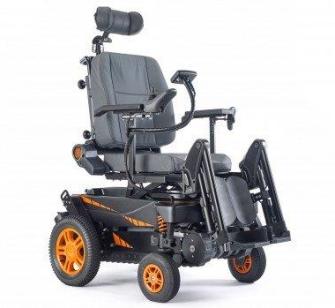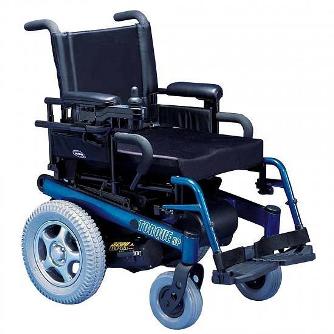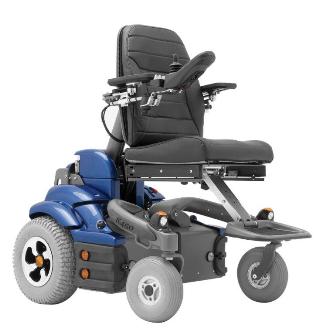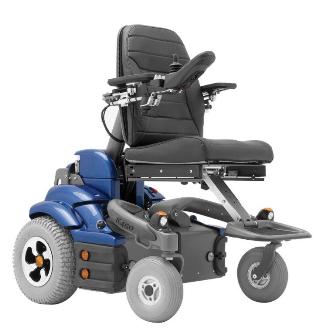More Details
Frame
* Standard: Rigid frame. Anti-tippers with rollers
Upholstery
* Vinyl
Colours
* Frame available in red, blue, champagne, black and orange
Seat
* Synergy seat with slung back and seat board, adjustable for growth and able to be fitted with most seating products. Not able to be fitted with seat tilt
* Synergy tilt seat, sliding centre of gravity/weight shift tilt system, up to 65 degrees tilt. Comes complete with curved padded back, seat base board and 5 cm seat cushion. Also adjustable for growth and able to be fitted with some seating products by other manufacturers
* Tru-Balance Cantilever Lift System which enables the seat to be raised vertically up to 305mm (and horizontally forward up to 110 mm while lifting)
* High-Back Seating system
Backrest
* Standard: Upright contoured padded
* Options: depending on seating system chosen. Recline, tilt in space, recline and tilt in space are possible with manual or powered operation
Legrests
* Swing away
* Options: 70 degree swing away; 80 degree heavy duty; elevating; powered elevating
Footplates
* Two piece, aluminium, lift up
Controls
* Standard: Dynamic DX
* Option: specialty controls for auxiliary operations such as powered elevating legrests; powered tilt in space
Brakes
* Electronic regenerative disc park brakes
Batteries
* Two 12 volt deep cycle
Charger
* Off board
Castors
* Standard: 230mm diameter pneumatic. Options: solid castors 150mm, 200mm, 230mm diameter
Considerations
Transport Accessibility
The space allowed on public transport for carrying mobility equipment is an area of 1300mm by 800mm.
Wheelchair spaces
All new Sydney buses feature special 'kneeling suspension' and a ramp to provide easy access for less mobile passengers.
There are spaces for two wheelchairs on the new buses. These will accommodate most manual and electric wheelchairs with maximum length 1250mm, maximum width 750mm, maximum turning circle1500mm and maximum weight 200kg.
For safety reasons, passengers in wheelchairs are advised to face the back of the bus, bracing their wheelchair against the side of the space, applying the brakes and securing the seat belt of the wheelchair.
Wheelchair accessible buses display a blue and white wheelchair sign on the front of the bus, and on the easy access door.
Occupied Wheelchair in a Car
A person sitting in a wheelchair within a car or van requires certification and RTA approval for the wheelchair and occupants restraint system where the wheelchair or occupant are restrained to the vehicle structure. RTA approval is not required for a postural support, such as a harness, that is only attached to the wheelchair and not to the vehicle.
Wheelchair Restraints
When transporting a person in a wheelchair in a car or van, both the occupant and the wheelchair require an RTA approved restraint system. The wheelchair and the occupant need to be separately secured to the vehicle itself.
RTA approval is not required for a postural support, such as a harness, that supports the user in the wheelchair but is not part of the vehicle restraint system.
The use of a headrest is not legally required but strongly recommended. Easily detachable, folding headrests which fit a wheelchair with standard push handles are available. Refer to section Wheelchair, Scooter, Cushions, ramps / Postural Supports - Seating System: Restraint+ Head+Back+Seats
Place Of Manufacture
USA
Price Guide
Contact supplier for pricing
Price on application from ILS
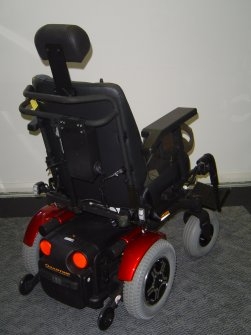

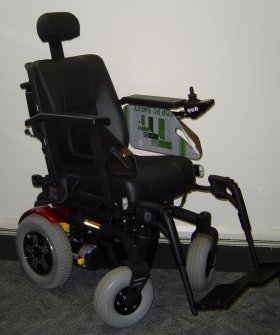
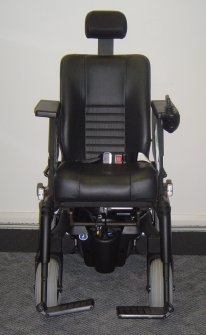

 subscribers
subscribers 



